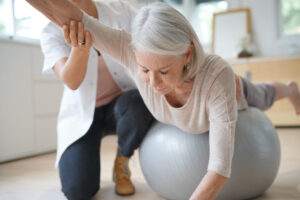

Physiotherapy and Pilates – A Great Partnership!
Physiotherapy and Pilates both provide a great way to prevent and treat musculoskeletal conditions and rehabilitate clients.
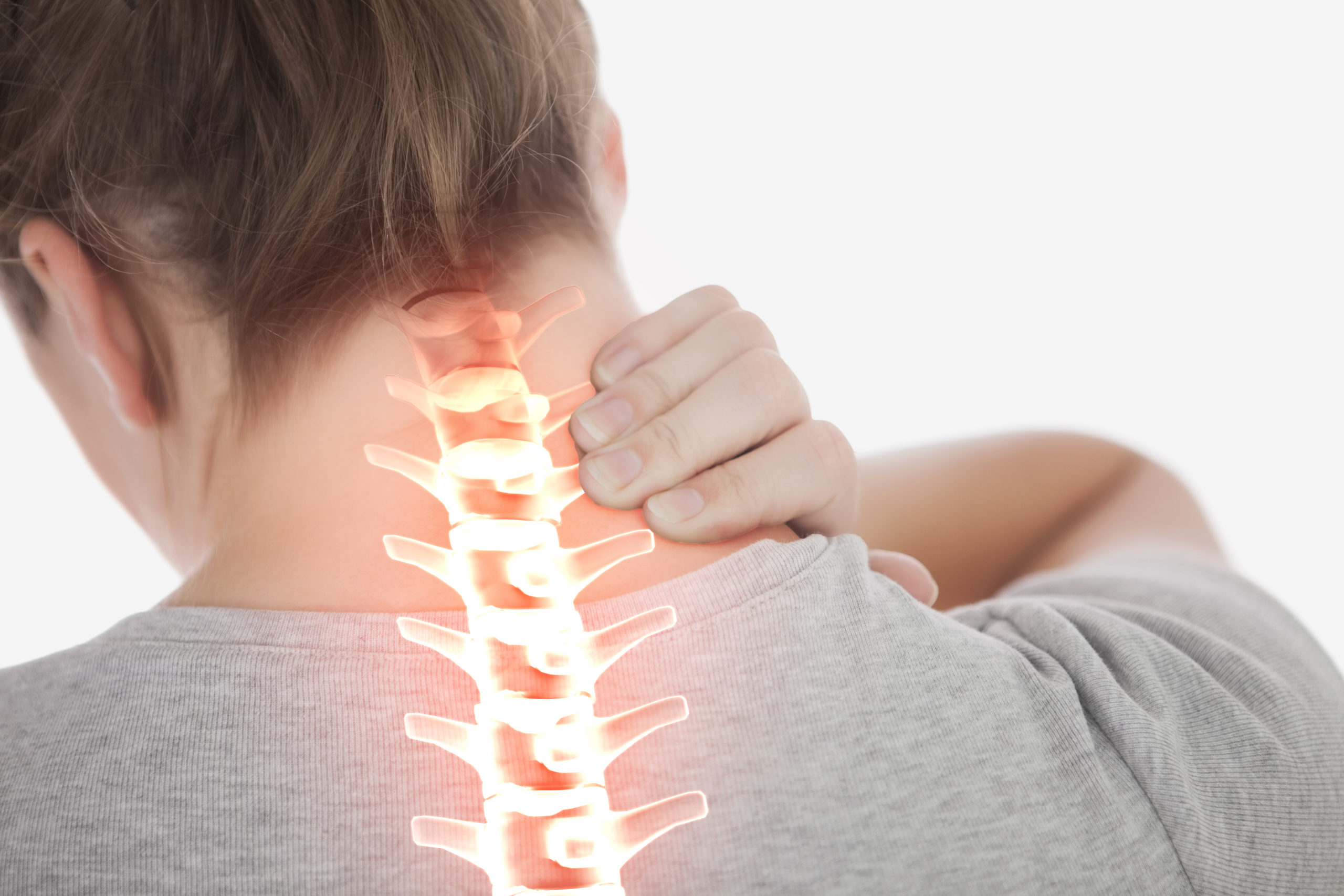

Neck pain can be acute or chronic and can be caused by several reasons such as activity, lifestyle, age, and trauma. It can also be age related and be down to wear and tear but often due to poor posture. Poor posture creates an imbalance between muscle groups and this in turn causes problems to the joints and nerves. Pilates will focus on improving the mobility, conditioning, and alignment of both the neck and shoulders together as it’s hard to not make a change to one area without affecting the other. The shoulders and neck are always encouraged to work together in Pilates to improve our upper body posture and this will greatly help to treat as well as prevent both neck and shoulder problems. Tightness in the shoulders and neck, plus stiffness in the joints do cause problems. It’s therefore important for us to maintain good head, neck, and shoulder alignment wherever possible as this allows the stabilizing muscles to work well.
However, due to our work and lifestyle this isn’t always easy and if we sit too much, work at computer screens and spend too long looking down at our phones we can develop a forward head posture, compress the back of the neck, and round the shoulders forward. This is called Upper Cross Syndrome where you have tight muscles at the front of the chest and back of the neck but then weakness in the front of the neck and upper back.
There are 7 vertebrae in the neck with joints between the bodies of the vertebrae. The spinal cord runs through the middle and nerves branch out to supply the shoulders arms and head. An artery also runs along each side of the spinal column in the neck supplying blood to the brain. Problems with the joints caused by poor posture, wear and tear, too much sitting or static positions will cause pain around the neck but can also be referred to other parts of the body too. Pain therefore starting in the neck can be felt in different places. For example, lower and middle neck problems can cause hand and shoulder pain, while pain in the upper neck can cause jaw pain and headaches.
Many Pilates exercises use body weight to encourage stability and control around the shoulders whilst maintaining good neck alignment and certain Pilates movements will work to encourage good coordination between muscles and get them engaging in the correct order for good neck and shoulder function. Pilates will help to improve and restore posture of the neck, upper back and shoulder girdle as it focuses on spinal mobility in these areas as well as providing postural re-training and strengthening. It also helps to correct faulty movement patterns. By correcting alignment of the neck and head, Pilates develops neuro muscular performance in the upper back and shoulders preventing further tissue irritation, degeneration and thus helps to reduce pain.
If our alignment is wrong this can cause unnecessary tension as the skull and neck is unsupported. This can happen in some Pilates exercises that involve the head and shoulders to be lifted and it’s therefore important to learn how to maintain a good head and neck position.
The Head Nod is a basic Pilates exercise that will warm-up and strengthen the neck muscles and helps to teach us the correct lifting of the head and shoulders from the mat during exercises.
The Head Nod
As mentioned earlier, some of the abdominal series of Pilates exercises have the head and shoulders often lifted from the mat. Weak core and abdominals can contribute to neck pain and this can happen when practising Pilates. When you are lifted in an ab curl position with the upper body flexed and the head and shoulders raised from the mat, our core and abdominals must work hard and be strong enough to achieve this. If they are weak and unable to stabilise, our neck muscles will tend to bunch up and overwork. Try and make sure your core muscles are engaged correctly before lifting and keep awareness with them throughout. Start with the head nod then engage the abdominals by sliding the ribs down towards the hips. Stay engaged as you lower the head and shoulders.
If you do have to sit in a static position for long and work at a desk and behind a computer or perhaps do lots of driving, try and sit with good support and in good posture and be aware of your neck and shoulder alignment. Have the chin tucked in, back of the neck long and the shoulder blades gently pulling back and down into the mid back. I would always recommend a programme that targets the upper body postural muscles that support the neck and work on strengthening the mid and upper back. A tailored or group Pilates session which is modified to suit an individual will work to stabilize the neck and shoulder muscles and help to avoid as well as reduce pain and discomfort. Worth a try!


Physiotherapy and Pilates both provide a great way to prevent and treat musculoskeletal conditions and rehabilitate clients.
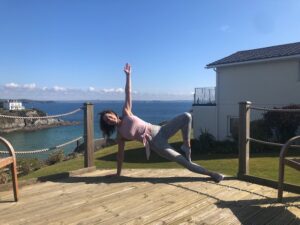

When on holiday do you like to keep up your health and fitness routine or do you prefer to let it go and do nothing?!
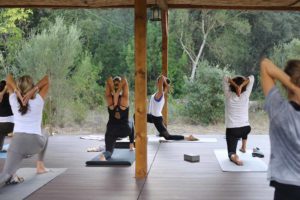

A retreat is not just a holiday it’s an experience!


Explore how Pilates can improve performance, prevent injury, and help you to cycle for longer!
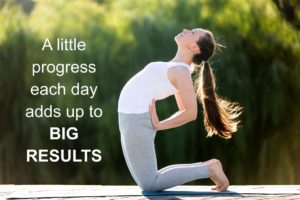

It can be hard to stay on target with your health goals when life is busy and a challenge. Here are 6 top tips to help you stay motivated.
Get the latest news, and updates to new classes
All images and content
© Bridge Pilates Ltd 2023
Company number 13273672